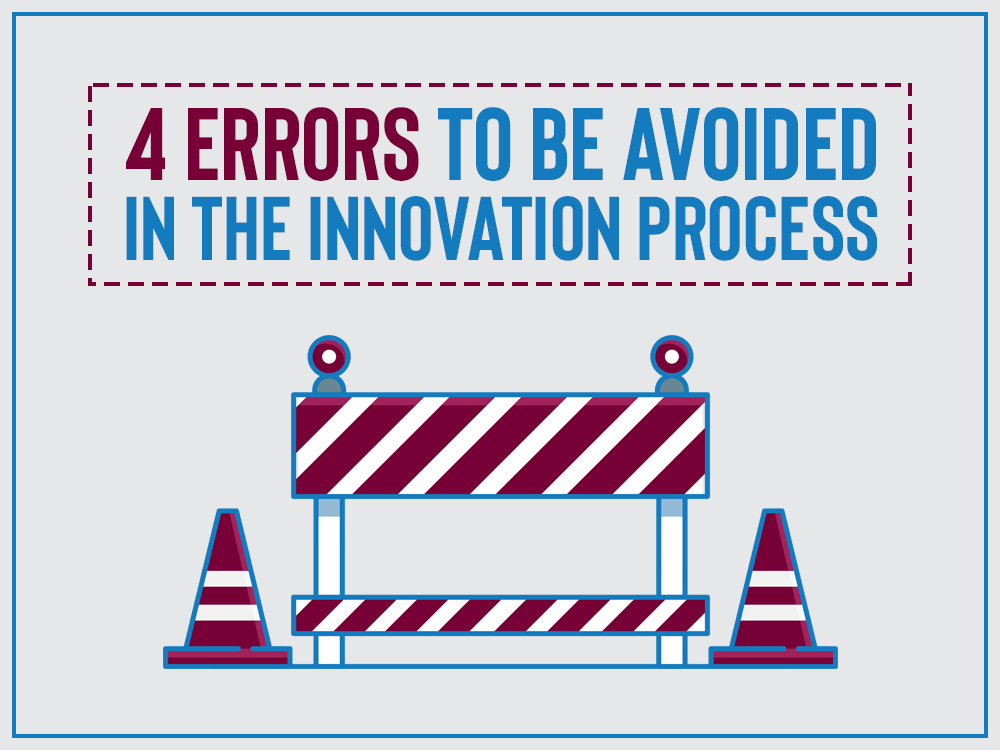Innovations are the future of a company and are the most demanding processes within them. With innovations, both the path and the goal are only predictable and known in part. Team members often act in an uncertain environment – an environment that functions in the midst of often unexpected changes, making implementation more difficult. Many challenges and potential dangers wait in the establishment and development of innovations when things are done wrong. If you want to develop new services and products with efficiency and effectiveness, the following mistakes must be avoided at all costs.
Meticulous Planning
Planning offers a feeling of security and many plan innovation projects in detail from the beginning to the end. Unfortunately, dynamics, unpredictability, and uncertainty make it impossible to plan meticulously. This does not mean one should do away with planning altogether, rather have a rough plan for the purpose of providing orientation. The first phase can be planned in detail while the next is simply planned toward completion. Planning a project in detail right from the start would require constant adjustments and corrections, making detailed, meticulous planning an unnecessary effort as well as a waste of resources – not to mention it would limit the scope for solutions from the beginning. Opt for rough planning instead, which allows for more creative freedom and fewer limitations.
Improper Acceleration of the Innovative Process
Managers are often tempted to hurry along the innovation process, thus shortening steps or skipping stages. What suffers though are areas like quality and results. Is it really important to be first or faster than the rest of the competition if your product does not meet quality demands or market requirements? This only leads to high follow-up costs or even worse – can result in a product flop.
You can accelerate the innovation process in several ways, such as by making more resources available. You can cut out idle times and make decisions in a quick and timely manner. These are adequate ways to keep the innovative process steadily moving forward at a good pace. But never skip necessary steps.
Control with Monetary Figures
Innovation can only be planned to a limited extent. The future is unpredictable in the innovative process and you often work with assumptions. When you try to squeeze financial figures into the game, it muddies up the waters significantly.
Many corporate leaders insist that all decisions be weighed against financial indicators such as earnings and sales. But controlling with financial facts can cause you to lose sight of strategic potential. Sticking to hard financial numbers can kill the best results.
Adhere to Assumptions
Much of the future is unknown and unforeseen with innovations. At the beginning of a project, information on market and environmental conditions and customer needs is collected from the beginning and the concept and product strategy are created from this information. Included in this information is which customer needs you to seek to satisfy, how you want to set yourself apart from the rest of the market and what market targets are. These risks must be considered. But keep in mind that these are mostly assumptions. Many make the mistake of setting these assumptions in stone, which can be damaging – especially in terms of customer wishes. Rather, aim to check these assumptions and validate and adapt during the innovative process. New findings may change your initial product strategy. Encourage all participants and decision makers to be aware of the fact that they are working with assumptions and not facts.

